Just three years on from Jacinda Ardern’s phenomenal outright victory, New Zealand’s Labour government has collapsed, slumping to half its vote from 2020. It is on the verge of losing some of its safest seats and languishing behind in most of the Māori electorates. The centre-right National party has won, with Labour prime minister Chris Hipkins calling Christopher Luxon to concede defeat.
The National party and its libertarian coalition party, ACT, are in a strong position to form a government, with Luxon, a relative newcomer to politics, becoming the country’s next prime minister. With more than three-quarters of the vote counted, Labour’s vote was a shade higher than 26 per cent – meaning half of the caucus will be out. National is on 40 per cent, the Greens on 10 per cent, ACT on 9 per cent and the Māori Party on 2.5 per cent.
An interesting development is that the maverick populist Winston Peters, though politically resurrected and bringing a handful of MPs back with him into parliament, will not be relevant in the composition of the new government. Peters first entered parliament more than four decades ago and held the balance of power in three elections before being ejected at the 2020 election. In the latter weeks of the campaign, much speculation had been made of his being a third party in a right-wing coalition, with then-opposition leader Luxon appearing open to having a conversation with him. Considering this, it seems as though New Zealand has steered away from a right-wing government with a populist handbrake in a more emphatically – and classically – right-wing direction.
Astonishingly, Labour lost the electorate of Mount Albert, the seat of three former Labour prime ministers: Jacinda Ardern, Helen Clark and the abiding saint of the Labour party himself, Michael Joseph Savage. Savage was an icon of the party during the depression and world war two.
Prime Minister Chris Hipkins took over in January, and was initially warmly received. His easy-going, subdued appeal, combined with a managerial approach to governance, seemed to strike the right chord after the loftier but somewhat abstracted idealism of his predecessor, Ardern. But the ongoing cost-of-living crisis, a blemished agenda and to a lesser degree, an inchoate wariness of identity politics and ‘wokeness’ ultimately made his task too difficult. He also presided over a succession of ministerial mishaps resulting in firings and reshufflings.
Nobody particularly dislikes Hipkins – he is regarded as decent and unpretentious – it’s just that his administration gave the impression of muddling along and not offering any particular rationale for re-election.
Former prime minister Sir John Key said: ‘In 2020, Jacinda delivered a result I didn’t think was possible under MMP (mixed-member proportional voting). But, [Labour has] gone from that to losing half their caucus. It’s pretty brutal.’
The final results will not be reported for another three weeks. Plenty can change between election day and when the verified results are declared. In 2020, 488,776 people cast valid special votes, which are ballots returned by voters who can’t attend their polling station on the day of a vote. They can be returned up to ten days after an election and still be valid. These types of votes accounted for 16.9 per cent of all votes cast in the last election.
Nevertheless, it is safe to say that, with even a few further adjustments, New Zealand has swerved abruptly to the right.
Got something to add? Join the discussion and comment below.
Get 10 issues for just $10
Subscribe to The Spectator Australia today for the next 10 magazine issues, plus full online access, for just $10.

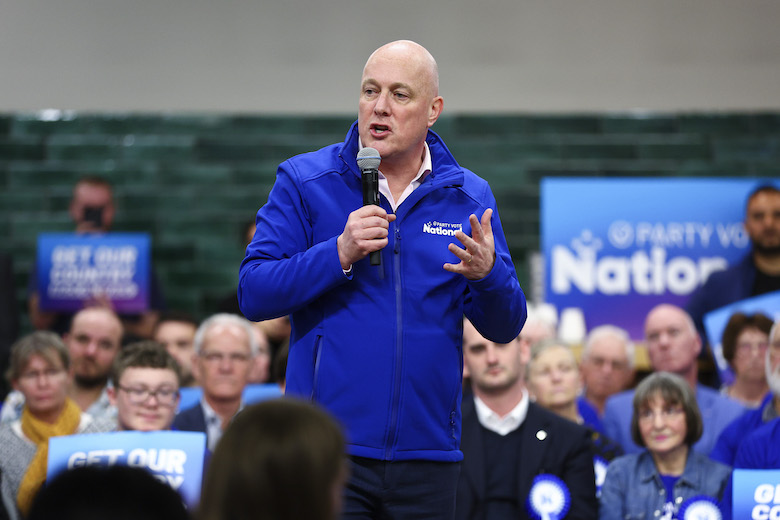
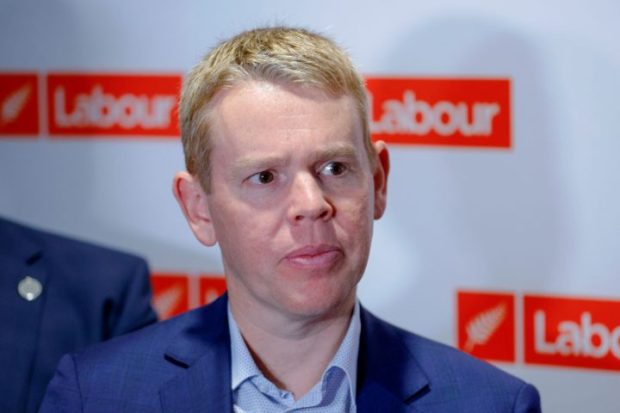
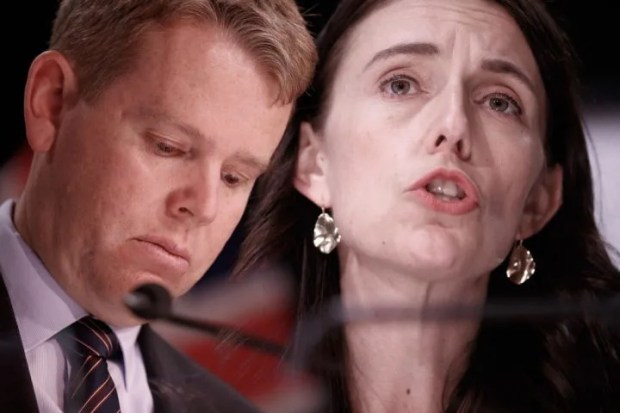
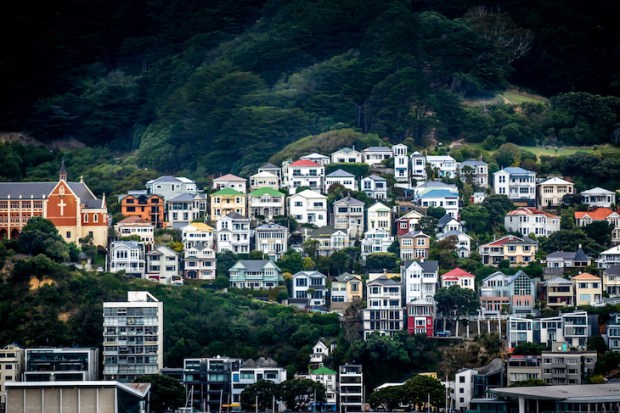
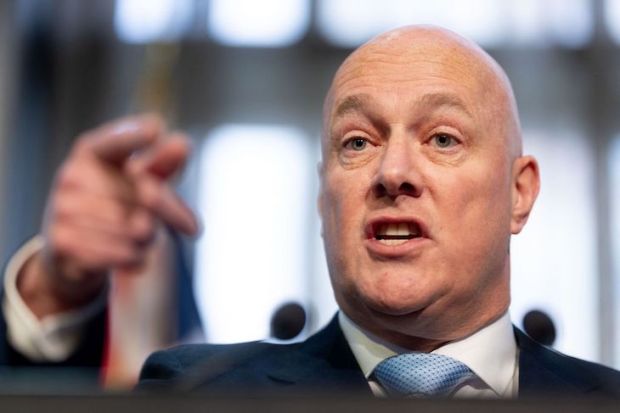
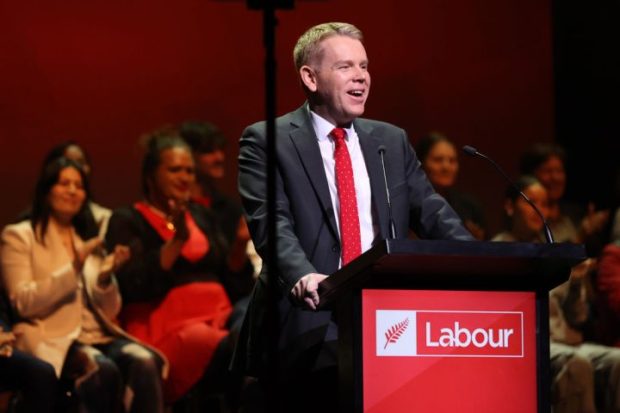
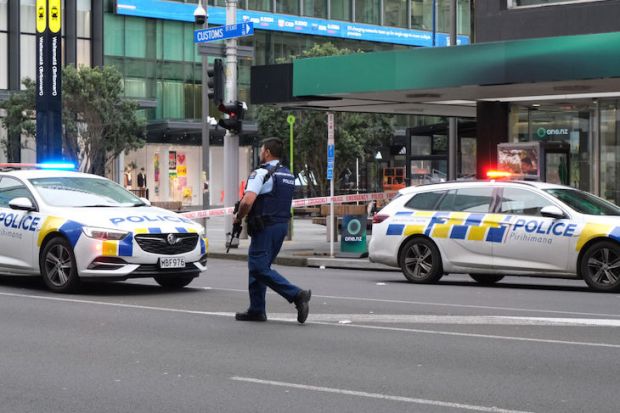












Comments
Don't miss out
Join the conversation with other Spectator Australia readers. Subscribe to leave a comment.
SUBSCRIBEAlready a subscriber? Log in